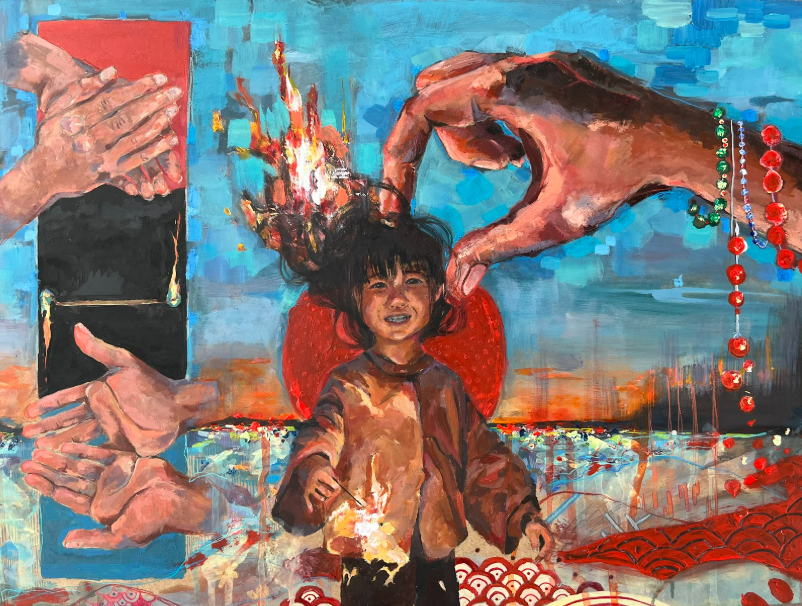Foundation is a classic science-fiction series written by Isaac Asimov, the legendary science-fiction author who wrote and published 40 novels, 383 short stories, and over 240 nonfiction books. First published in 1951, it tells the story of Hari Seldon, a mathematician who predicts the fall of the Galactic Empire through a branch of science called psychohistory. His plan to preserve civilization? To create a secret organization called (as you may have guessed) Foundation, located at the edge of the Empire’s control. The series spans hundreds of years and the first book alone spans decades. Each book has multiple generations of characters, exploring the themes of history, destiny, and human nature. In addition to the books, Foundation is also a TV show created by David S. Goyer streaming on Apple TV+ whose second season recently concluded in September 2023. The show introduces new characters and conflicts while staying faithful to the spirit of the original work.
The book itself is on the shorter side at only about 255 pages. It’s not one story, however, but rather five intertwined ones. The short stories were originally published separately from May 1942 to January 1950 but later combined into one book in 1952. The eight stories he wrote would become the Foundation Trilogy. Later in the 1980s and 90s, Asimov expanded the Foundation universe by publishing two prequels and two sequels.

At the beginning of the book, psychohistorian Seldon is on trial for predicting that the Empire will fall. You may be wondering what even is psychohistory. Well, it’s a mathematical model created by Seldon that allows for the prediction of the behaviors of large groups of people, the sample size of which is 500 quadrillion residents on 25 million planets (and that’s only the population of people living under the Empire’s rule). As psychohistory is so complex, only two people in the whole universe can understand it—namely Hari Seldon and Gaal Dornick. Gaal is someone who witnessed the trial and eventual exile of Hari to Terminus, where the Foundation was to be founded.
A central idea and perhaps an allegory of the book is religion’s creation and its function to control specific groups of people. Scientism was created by Salvor Hardin, the leader of Terminus, to expand their influence. They sought to control people who didn’t understand concepts such as nuclear energy and worshiped the technicians as divine beings.
 Adapting Foundation to TV was not easy. Foundation showrunner David S. Goyer told the Hollywood Reporter in 2021 that “it’s certainly hard to capsulize [the series] in a two- or three-hour film…. It’s a 1,000-year chess game between Hari Seldon and the Empire, and all the characters in between are the pawns, but some of the pawns over the course of this saga end up becoming kings and queens.”
Adapting Foundation to TV was not easy. Foundation showrunner David S. Goyer told the Hollywood Reporter in 2021 that “it’s certainly hard to capsulize [the series] in a two- or three-hour film…. It’s a 1,000-year chess game between Hari Seldon and the Empire, and all the characters in between are the pawns, but some of the pawns over the course of this saga end up becoming kings and queens.”
The show certainly took many creative liberties. One of the most important was the introduction of the Imperial Dynasty. In the books, Emperors were different individuals who inherited the throne by blood or by force. In the show, however, all Emperors are clones of the first, Cleon I. There are always three clones of Cleon ruling at the same time, each at a different stage of life: Brother Dawn, the youngest and the heir; Brother Day, the middle-aged and the main ruler; and Brother Dusk, the oldest and the advisor. Every 30 years, a new clone is born, and the oldest one is euthanized. The first season deeply explored the issues of identity, loyalty, and power between the Brothers.
Arguably the best part of the show is the stunning visual elements, from the variation of costume design for characters from different worlds to Brother Day’s rich blue armor. The VFX is also something to behold. Almost every wide shot in the series would be a great desktop background, and the opening of each episode foreshadows the grand scale of what’s to come.
Asimov’s Foundation is one of the most influential science fiction series and laid the groundwork for similar works for decades to come. His world-building is unparalleled and as one viewer said, “Isaac Asimov managed to make a story in which the most important character is dead before the first page.”





